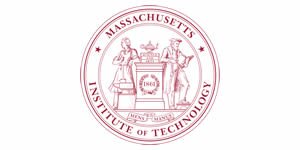RSS Feed Source: Science Daily
MADISON – If you applied for FEMA assistance you will receive a letter by mail or email. If the letter says you are “not approved” for assistance, it does not mean that you won’t receive assistance.
It is important to read the letter carefully because it will include the amount of money FEMA may provide and information on the appropriate use of that money. The letter will also explain your application status and advise what you need to do to appeal if you disagree with the decision.
Often, you only need to send additional information or supporting documentation for FEMA to continue reviewing your application for financial assistance. Examples of missing documentation may include:
Proof of insurance coverage.Settlement of insurance claims or denial letter from insurance provider.Proof of identity.Proof of occupancy.Proof of ownership.Proof that the damaged property was your primary residence at the time of the disaster.
For more information on understanding your FEMA letter, please visit FEMA.gov/letter.
Appealing FEMA’s Decision
If you disagree with FEMA’s decision or the amount of money provided, you can submit an appeal letter and documents supporting your claim, such as a contractor’s estimate for home repairs. You have 60 days from the date of your letter to appeal.
At the end of your FEMA letter, look for an appeal form that can be used to send us additional information about your situation. This form can help make
Click this link to continue reading the article on the source website.


